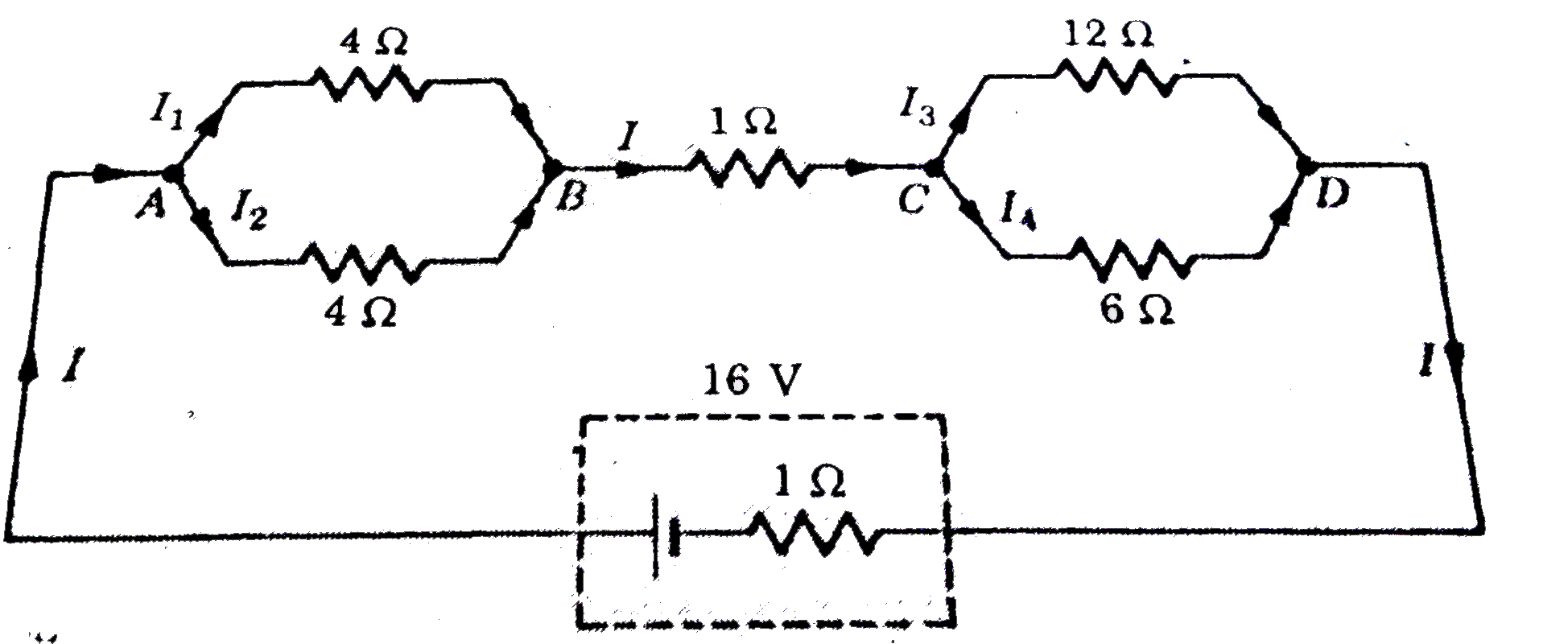Solved Examples from NCERT PHYSICS Chapter 3 CURRENT ELECTRICITY for Class 12
| Class 12 | PHYSICS |
| Chapter | CURRENT ELECTRICITY |
| NCERT PHYSICS | Solved Examples |
| Medium | English |
| Academic Year | 2023-2024 |
Question 1
(a) Estimate the average drift speed of conduction electrons in a copper wire of cross sectional area 1.0×10−7m2 carrying a current of 1.5 A. Assume that each copper atom contributes roughly one conduction electron. The density of copper is 9.0×103kgm−3 and its atomic mass is 63.5u. (b) Compare the drift speed obtained with the speed of propagation of electric field along the conductor, which causes the drift motion.View SolutionQuestion 2
(a) In Example 3.1, the electron drift speed is estimated to be only a few mm s−1 for currents in the range of a few amperes? How then is current established almost the instant a circuit is closed?
(b) The electron drift arises due to the force experienced by electrons in the electric field inside the conductor. But force should cause acceleration. Why then do the electrons acquire a steady average drift speed?
(c) If the electron drift speed is so small, and the electron’s charge is small, how can we still obtain large amounts of current in a conductor?
(d) When electrons drift in a metal from lower to higher potential, does it mean that all the ‘free’ electrons of the metal are moving in the same direction?
(e) Are the paths of electrons straight lines between successive collisions (with the positive ions of the metal) in the (i) absence of electric field, (ii) presence of electric field?View SolutionQuestion 3
An electric toaster uses nichrome for its heating element. When a negligibly small current passes through it. It resistance at room temperature (27.0∘C) is found to be 75.3Ω. When the toaster is connected to a 230V supply, the current settles, after a few seconds, to a steady value of 2.68A. What is steady temperature of the nichrome element? The temperature coefficient of resistance of nichrome averaged over the temperature range involved , 1.70×10−4C−1 View SolutionQuestion 6
Battery of 10 V and negligible internal resistance is connected across the diagonally opposite corners of a cubical network consisting of 12 resistors each of resistance 1Ω (Fig. 3.23). Determine the equivalent resistance of the network and the current along each edge of the cube.
 View Solution
View SolutionQuestion 8
The four arms of a Wheatstone bridge (Fig. 3.26) have the following resistances:
AB=100Ω,BC=10Ω,CD=5Ω,andDA=60Ω.

A galvanometer of 15W resistance is connected across BD. Calculate the current through the galvanometer when a potential difference of 10 V is maintained across AC.View Solution




